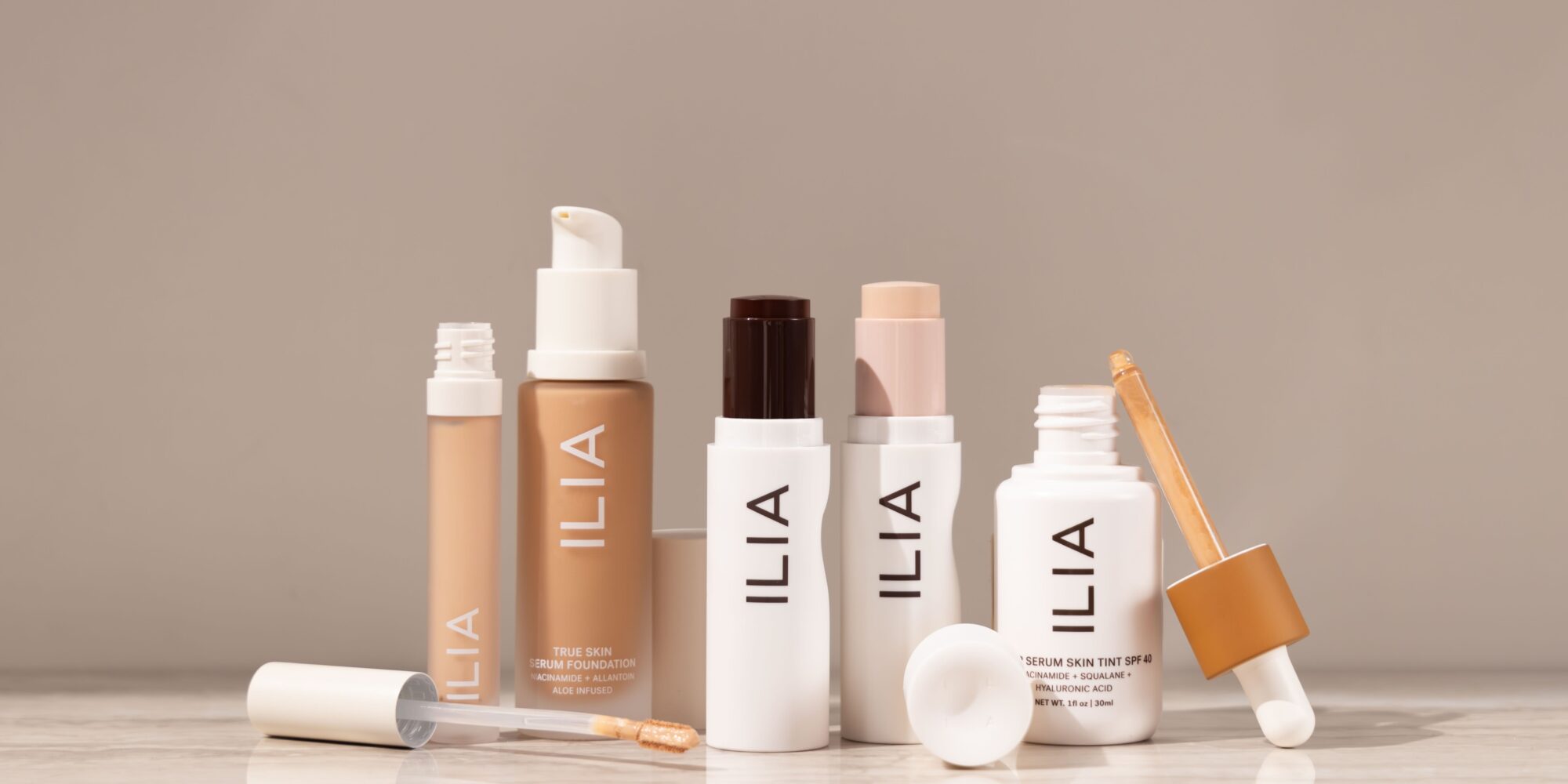
Outgoing Ilia CEO Lynda Berkowitz On Successfully Working With Brand Founders
After more than 30 years in the beauty industry, including eight at Ilia, Lynda Berkowitz handed over the CEO reins at the clean beauty brand last Friday to Paul Schiraldi, former CEO of Murad, and entered what she describes as “semi-retirement.”
Berkowitz acknowledges the transition is “pretty dramatic” for her, but it doesn’t mean she’s exiting the beauty industry entirely. She’s maintaining a board role at Ilia, advising Famille C Participations, the investment arm of the Courtin-Clarins family, and investing on her own. Famille C, the Courtin-Clarins’ holding company, acquired Ilia in 2022.
“I don’t know that I am psychologically prepared at all,” says Berkowitz. “I’m going to figure out, with pleasure, who I am outside of being a CEO for a cosmetic company, and I look forward to being able to do that.”
Berkowitz’s track record of cosmetic company leadership, particularly at brands with founders involved, is the stuff of legacy. Besides helping Ilia scale from $2 million to $200 million—founder Sasha Plavsic told the publication Women’s Wear Daily in October bringing her on at an early stage to fortify its operations was “the best decision I ever made”—Berkowitz was president of Too Faced, now owned by Estée Lauder, when it went from an indie upstart to a private equity-backed playful fixture on the beauty scene and held positions at Korres, Perricone MD and Bobbi Brown.
Beauty Independent talked to her about working with founders, calculated risks that paid off at Ilia, the relevance (or lack thereof) of clean beauty, the state of beauty M&A and the makeup category, why she prioritizes product awareness before brand awareness, and what she’s interested in investing in.
In one of your continuing roles, you’re advising the Courtin-Clarins family’s private investment arm. What are you doing in that role?
They are very much interested in continuing to invest in brands that share the same ethos as they do, and I will be working in the North American market to scout smaller brands that I believe will be a good match and do due diligence on brands they’ve already scouted. With my experience and involvement in the North American beauty market, I have awareness around what’s working and what’s not. I’ve done Sephora Accelerate for the past few years, and I’m looking forward to doing it going forward.
I work closely with Silas Capital and Sandbridge Capital—they were investors in Ilia—and am utilizing my network and understanding of the market to bring things forward that could be good possibilities. People gravitate to what they know. Europeans gravitate to Europeans, and Americans gravitate to Americans. At Ilia, we’ve been so pleased with our relationship with Famille C, acquiring us and allowing us to not be integrated and be a fully intact brand. I think that’s something other brands are looking for in partnerships and would benefit from.
What are important indicators for evaluating indie brands?
The indie beauty scene has changed so much in the past five years and the investment strategies have also changed. Private equity is interested in investing at a much earlier stage than five years ago. When I look at brands that I believe are going to be successful, first you look at the brand itself. Does it have a unique point of view? Is the messaging sharp? Do they have a strong social footprint?
Of course, is the product good? It starts there. The product has to be fantastic. Once you go deeper, it’s about the founder’s vision and the long-term goals for the brand. As we built Ilia, Sasha was so clear and concise in terms of why she created the brand and what the future could be for the brand that it helped enable success.
This year, we’ve seen brands come to market that didn’t trade. What’s your sense of beauty M&A as we head into next year?
Small brands will continue to find homes because there’s a willingness in private equity to work with them and grow them. I think you will continue to see more movement with sub-$50 million brands that you will have with over $100 million brands.
Some of the brands that have been on the market are so successful and their businesses are so established that it becomes more difficult for them to find the right home. I don’t know for sure, but my instincts tell me that, when you have so many brands on the market, buyers can be very specific about the level of revenue and EBITDA.
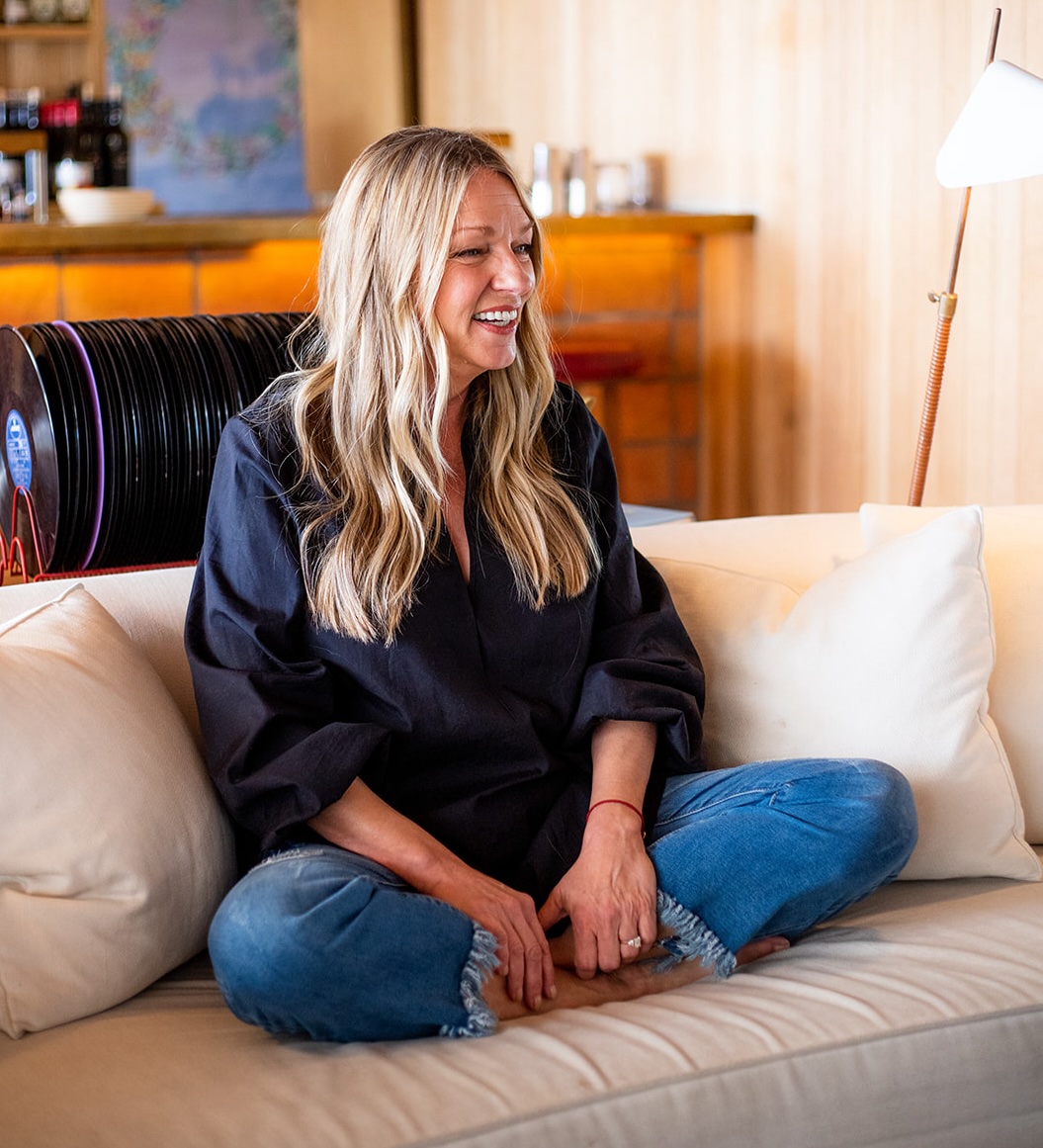
What’s your take on the state of the makeup category?
It’s cyclical. Skincare was on fire, and clean skincare led the market in the late 2010s, and when that slowed down a little bit, makeup picked up, and it’s been healthy for the past four years.
I think, in the year to come, you will continue to see lip and cheek. You will continue to see color. There’s still that post-COVID trend where people want to see color. I think you will see more eye next year, too, but in a new way, much like you saw with blush over the last two years.
Prior to Ilia, you were a critical catalyst of Too Faced’s growth. What was it like to join that brand?
The thing that really jumped out at me was how engaged and energetic Jerrod Blandino and Jeremy Johnson were. I had never met founders that were so electric. They really built a brand that was a reflection of Jerrod. More than any other brand out there, it’s truly a reflection of how he thinks, what he sees and loves. They did an incredible job of that right from the beginning.
At Too Faced, the product that was proof positive that the brand could grow exponentially was Better Than Sex Mascara. The product was amazing, the tube was unique, and it was a very risqué name at the time. Jerrod came up with the name. We were excited about the name. It was just enough, and it was memorable. You would never forget it.
Everything worked, and that was the first time all of us really understood that there was incredible potential for the brand. Shortly thereafter, the first investors [Weston Presidio] came on board.
What’s your philosophy around hero products?
Ilia is a very unique brand. We have two products that are heroes: Super Serum Skin Tint and Limitless Lash Mascara. For an indie brand, it’s easier to have a hero product first than it is to have the brand be a hero. You need to have a hero product to build overall awareness for the brand.
There were times early on that there was more awareness around Super Serum Skin Tint than around the name of the brand, Ilia, and the same with the mascara, too. People knew the white tube, and we were one of the only white tubes out there, but they didn’t necessarily know the brand. For me, product marketing and awareness is the most important piece, and the brand follows.
What’s helpful in terms of forging a good relationship with an investor?
Knowing what you do or do not need from an investor. There are many investors out there, and if you are running a healthy business, regardless of its size, finding funding isn’t as difficult as finding a partner you can really work with. It’s never just about money.
So, understand in advance what your needs are. Do you need help with finance? Do you need help finding manufacturers? Do you need help with building a senior leadership team?
It really is a marriage, so also laying down the guardrails of the rules upfront in terms of communication and your shared business is really important.
Ilia has begun to expand abroad. How do you think about building an international presence?
The vast majority of our business is in North America, and international is a tremendous growth opportunity for the future. This year, we introduced the brand at Space NK in the U.K. very successfully, and we introduced the brand at Sephora in the Middle East in the past few weeks. We have distribution in France with Sephora and Oh My Cream.
But we’re just starting to build out the international arm of the organization, and over the next two years, you will see quite a bit of focus there, but we feel strongly that our biggest opportunity is still here in North America right now.
Amazon holdouts in the beauty industry launched on the platform this year. What are the consequences of all the brands launching on Amazon?
We do not sell Amazon directly at Ilia. We go through a third party. We have one authorized retailer, if you will, that handles all our business with Amazon, and it’s been healthy, and our brand website is healthy. All of our digital businesses are performing with strong year-over-year growth.
The biggest risk with digital businesses is promotions because they tend to be more promotional and managing that becomes a real challenge for brands. We set guidelines on our brand website. We do two or two and a half events a year. We always do a friends and family. We always celebrate Black Friday, and I think most brands do that, and we set those same guidelines with our wholesale partners as well.
We do not discount on Amazon straight up because it’s a replenishment business Obviously the customer likes a discount, we all do, but, from a brand perspective, it has to be managed very closely so it doesn’t erode consumers’ perception of the brand.
Is clean beauty a differentiator in the market today?
Internally, we think about it more as conscious beauty, thoughtful beauty, with awareness that every ingredient that goes into a product is beneficial. The word “clean” is a tough word, and it always has been. We abide by Credo and Sephora standards and meet all the European standards.
We have never been fearmongers. We don’t believe in that. We don’t use words that others in the category use like “nontoxic.” It’s really about ingredients that are good for your skin. The customer is very aware of ingredients, far more now than she was five years ago, and the really important piece is bringing that forward so that the consumer understands that you are a skin-centric line.
There have been skin-centric makeup lines for a while.
Even at Too Faced, Jerrod always spoke about ingredients that were good for your skin. The primary difference for us, and for so many brand today, is the inclusion of active ingredients and the addition of clinical results. While many brands have spoken about the skinification of makeup, they haven’t taken an approach of using actives and providing clinicals. I think that’s the biggest difference.
How have you successfully worked with brand founders?
To be clear, I don’t work well with all founders, if I’m being totally honest, but where I have been successful, there have been some commonalities. It’s having the willingness to listen and take advice and being able to have open and frank conversations with the founder on the product messaging, social footprint and more without emotions—and that’s on both sides.
Founders are a special breed of people. They are so passionate, they are so committed, and being able to talk about what they created without emotion is difficult. If you can get there, have those conversations and deliver messages, that to me is the first step. It’s really important for a founder to recognize that they don’t know what they don’t know.
I don’t know how to create product. They may not know how to read a P&L. It’s OK for a founder to not have to be the CEO or the GM or the president if they are the founder and creative director. I have met founders that are qualified to be a founder and a CEO, too, but come with your passion and where you want to be—and have a willingness to take a measured risk.
My relationship with Sasha has been so successful because we have an incredible amount of respect for what the other does. We don’t always agree, but that respect guides open and honest communication, and there is a willingness to work through options.
What’s served me very well is being straightforward, direct and being able to deliver bad news in a way that gets the message across, but also doesn’t crush the person receiving it. Sasha and I have similar communication styles, where we are direct, but also very open.
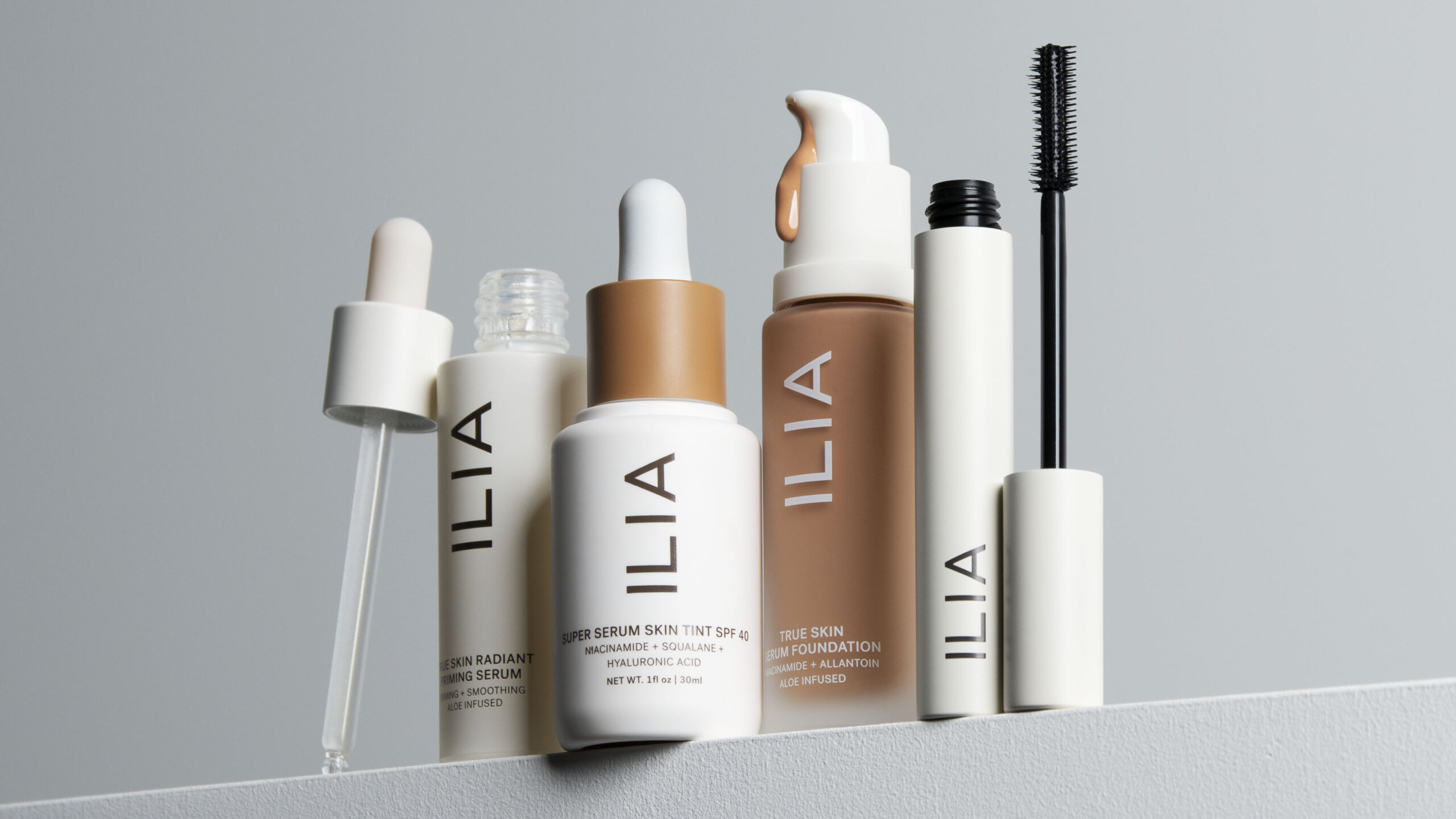
What are risks that paid off at Ilia?
There were a couple early on. I felt strongly that Ilia was a complexion brand when I first started working with Sasha, and I felt this way because of the strength of what was happening in clean skincare. It seemed illogical for someone to spend hundreds of dollars on clean skincare and then not buy a makeup product that didn’t have the same thoughtful approach in terms of ingredients. And Sasha’s approach felt very complexion-based to me, even though the brand was very lip-focused.
I would say the second risk was during COVID. We were launching Sephora and Super Serum Skin Tint. We went up in the windows at Sephora a week before shutdown. We had millions in inventory, and everything was closed. We didn’t furlough any employees. We moved our field team to customer service, and when the price dropped on Facebook, we hit the gas, and we spent a lot of money on Get Ready With Me videos.
During that time when everyone was home, we were really able to build the product awareness around Skin Tint and mascara. It was a risk because we had no idea when stores would be open again, even our manufacturers weren’t open, but we knew we had a lot of merchandise.
The beauty industry has seen slower growth lately. How are you adjusting your expectations?
We are just starting to launch and roll out Ulta. So, next year is a big year for us as we continue to expand there while still driving a very successful Sephora business. I think we have tempered expectations, but we are still looking for growth, for sure.
We still act like a small brand even though we are not, and one of the great tools is being able to be nimble. In difficult economic times, you have to be nimble so that you can respond quickly and course-correct strategies.
What’s your thoughts on mentoring the next generation of beauty industry executives and entrepreneurs?
There are a lot of opportunities for mentorship and advisory for younger brands. It’s very common and accepted. I had a conversation with some of the younger people on my team about mentorship, and they asked me who my mentors were when I was their age. Honestly, 30 years ago, having a mentor was a sign of weakness. It was a sign you needed help.
Now, there’s tremendous opportunity for us to give back and share the knowledge we’ve built over the years. I have worked with so many female-owned brands and young women. I personally find it very gratifying, and I will do quite a bit of it next year.
What about investing on your own?
I’ve done some investing, and I will continue to do so selectively. I’m looking for very unique founder stories, things that aren’t a duplicate of what’s available already, a unique point of view, a story that brings the product to life, and exceptional product that makes a difference and is memorable.


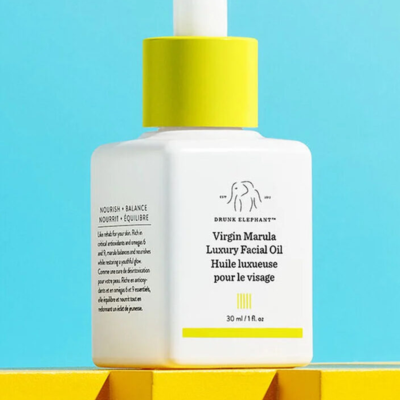

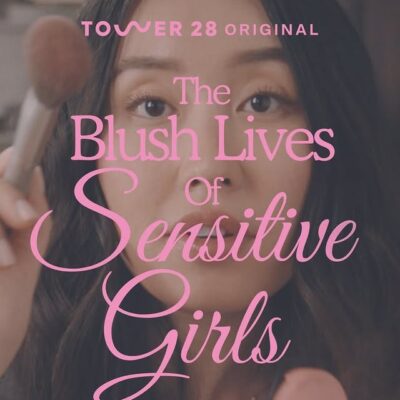
Leave a Reply
You must be logged in to post a comment.